CaseyLouLou
Brilliant_Rock
- Joined
- Dec 22, 2019
- Messages
- 1,257
I’m trying to figure out why some gemstones have a metallic luster and some are just sparkly without that metallic look. Is it the cut or the color or the undertone? It seems to happen in pale pink spinels and darker pink ones sometimes and in sapphires that are medium blue but not all of them do this so I’m confused.
Any insights into this phenomenon? Thanks!
Any insights into this phenomenon? Thanks!








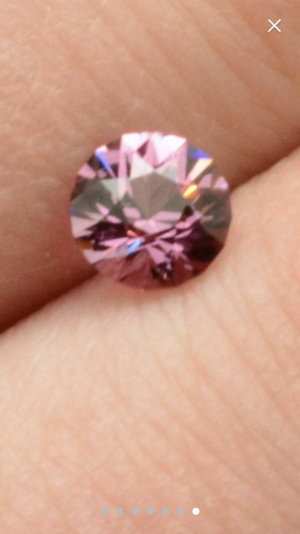


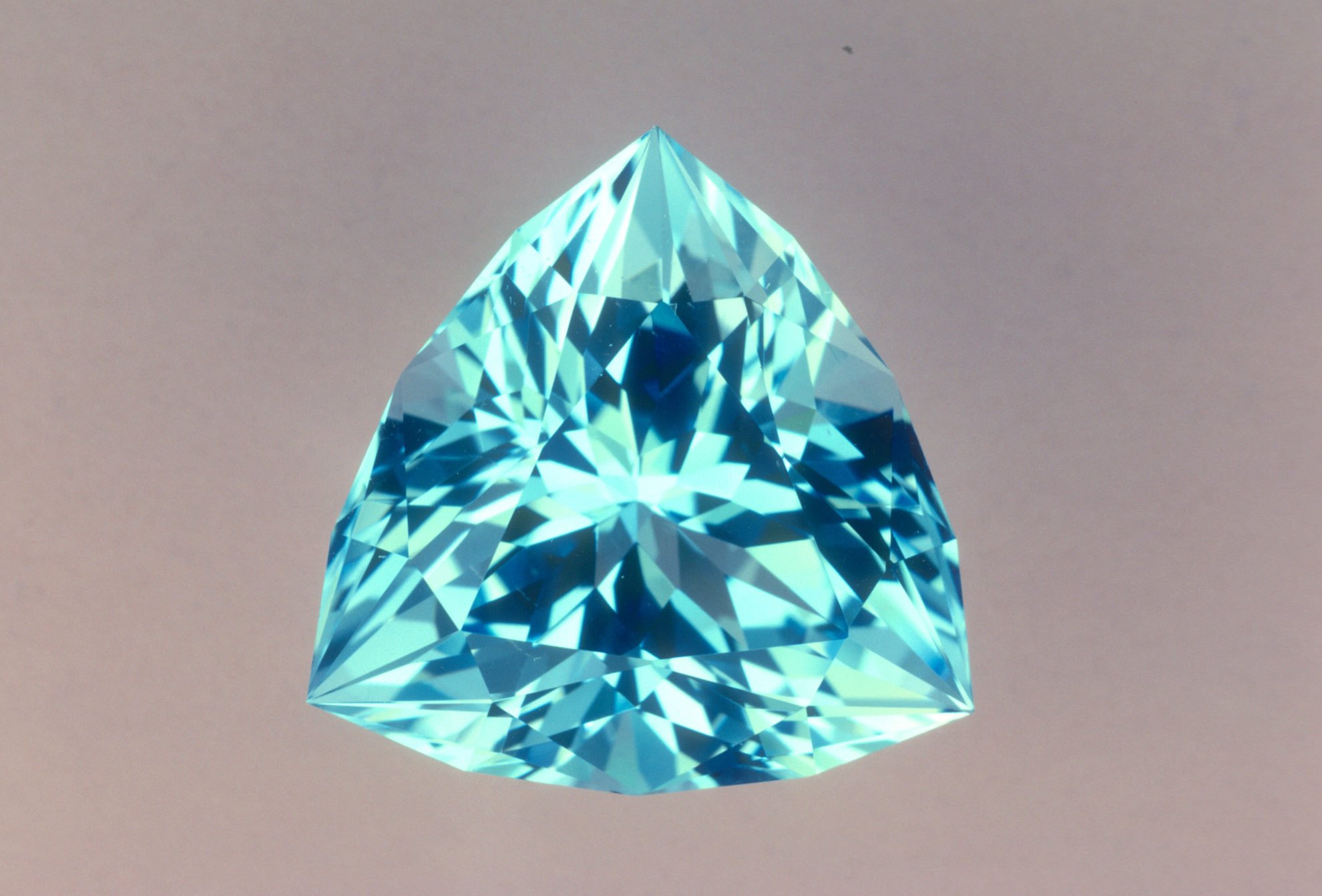
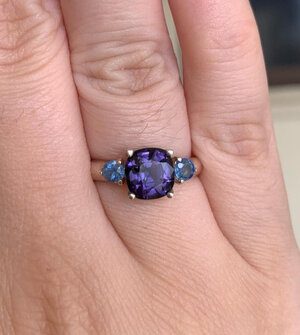
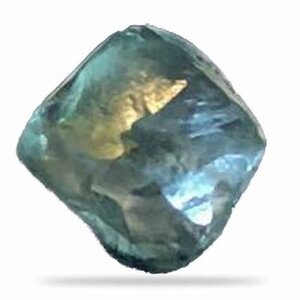


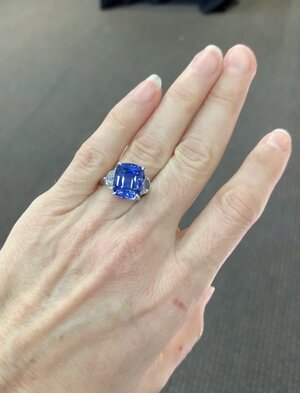


300x240.png)